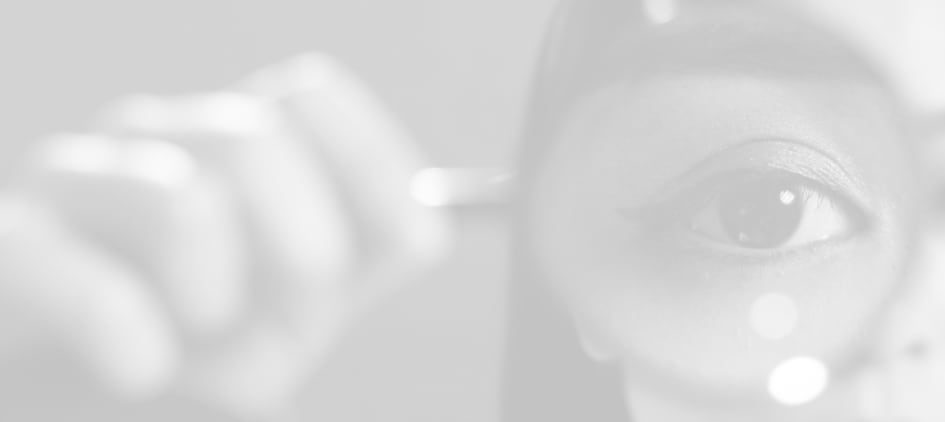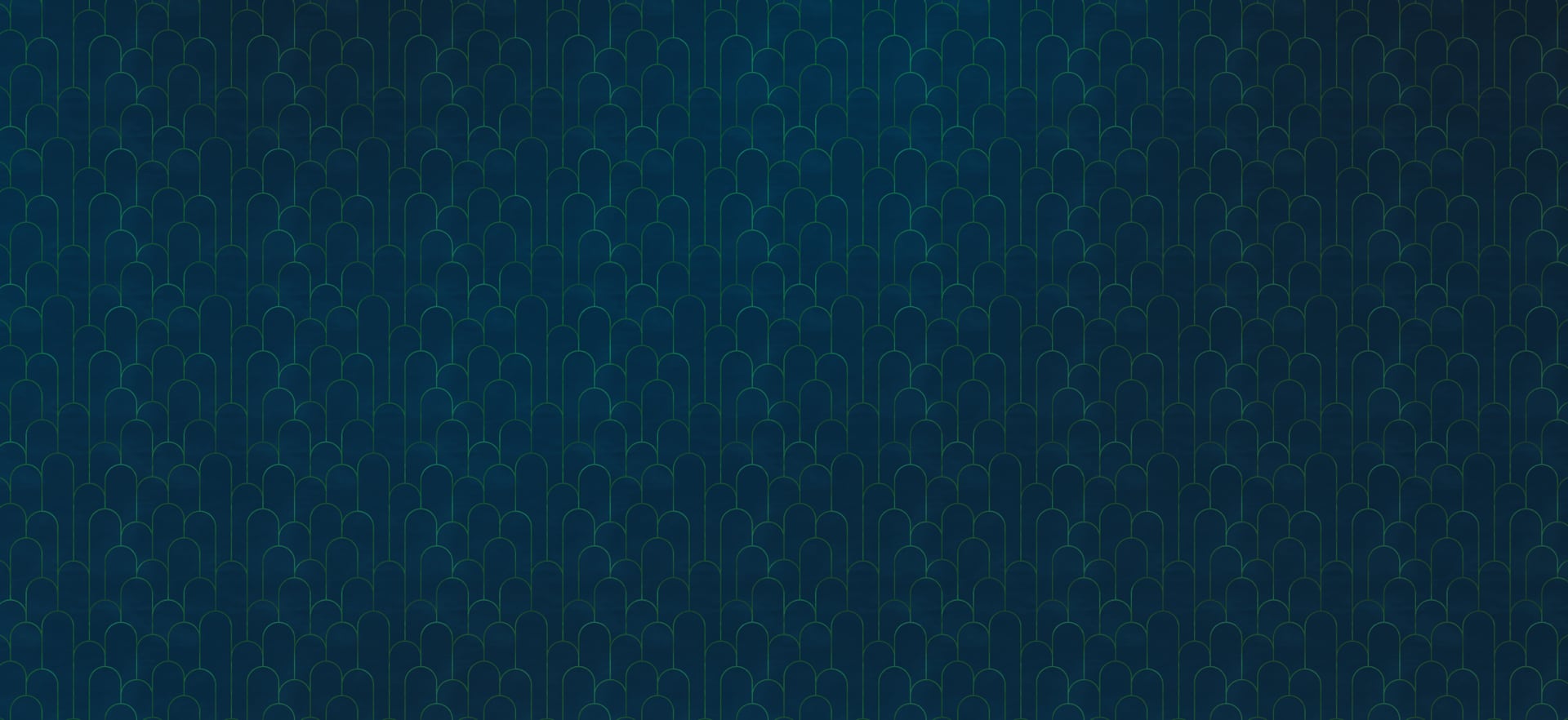Dealing with those burning, gritty, and stinging sensations caused by dry eye is rarely a pleasant experience. This common condition affects millions of people every year, and is often caused by a problem with the meibomian glands in your eyelid. They can easily become blocked, compromising your tear film and leaving the eye vulnerable to all kinds of problems. So how can you unclog the meibomian glands?
It all starts with a visit to your optometrist to talk about dry eye therapy. Then, they’ll likely recommend:
- Eye hygiene
- IPL (intense pulsed light)
- Radiofrequency
- Meibomian gland expression
Your optometrist can assess your tear film during your appointment, then help you find the right solution to find relief from your dry eyes.
What Are the Meibomian Glands?
Your tear film plays a crucial role in keeping your eyes comfortable, safe, and clear. This film consists of three layers:
- Mucus
- Water
- Oils
This last layer is essential for your eye health. It coats the outside of the tear, keeping it smooth and clear, while preventing the rest of the tear from evaporating too quickly. Think of these oils like a shield; when there’s enough of them, they keep the tear capable of doing its job.
The oils for your tear film are made in the meibomian glands—the dozens of tiny little glands running throughout your eyelids. When they’re healthy, these glands continuously produce these oils, helping to keep the tear film properly protected. However, when there’s a problem with the meibomian glands? You’ll likely experience dry eyes.
What Is Dry Eye?
Dry eye is an extremely common eye condition. It develops when the eye either can’t produce enough tears or when the tears being produced aren’t doing their job. Usually, this condition develops due to meibomian gland dysfunction, or MGD.
With MGD, the glands become blocked, impacted, or clogged in some way. This restricts how many oils reach the tear film, and your tears evaporate far sooner than they should. This leaves the eye vulnerable, exposed, and much more sensitive. This easily leads to dry and burning feelings throughout the eye, and you’ll quickly start noticing irritation and inflammation.
For some people, dry eye is a rare problem, while others deal with it constantly. It can be chronic or temporary, making it a frustrating condition. Imagine a piece of sand trapped underneath your eyelids, constantly rubbing against the eye itself—that’s often how dry eye feels.
The Symptoms of Dry Eye
So how can you tell if you’re dealing with dry eye? Keep an eye out for the following signs:
- Redness
- Itching
- Burning sensations
- A gritty feeling, like something is in your eye
- Blurry vision
- Excessive tearing (as a reflex to dryness)
- Sensitivity to light
While these symptoms can be extremely irritating, it doesn’t stop there. Remember—your tear film is responsible for protecting the eye, and dry eye compromises this shield. This leaves the eye vulnerable to worse problems, like eye infections or abrasions, which can cause long-term damage to your vision if you aren’t careful.
This is why it’s so essential to treat dry eye as soon as you can. But how?
Treating Dry Eye
If you think you have dry eye, your first step should be to visit your optometrist. They’ll be able to assess your tear film to find the underlying cause of your condition. Then, they’ll likely recommend a balanced approach of both at-home and in-office treatments to help you find relief from your dry eyes.
Dry Eye Self-Care Tips
To deal with dry eye, prevention plays an important role. It all starts with hygiene.
Your eyelids are home to many different minuscule bacteria. They’re a part of your body’s ecosystem, and this is completely natural. However, sometimes, these bacteria can build up and inflame the glands near the eye, restricting the flow of oils to the tear film.
To prevent this, try to regularly:
- Clean your eyelids with a mild soap and warm water
- Wash off any makeup before bed
- Change your sheets and pillowcases
- Use an eyelid scrub
It can also help to use a warm compress if you feel any irritation in the area near your eyes. This can help stimulate the meibomian glands, melting any oil blockages and letting the oils properly reach your tear film.

In-Office Dry Eye Treatment
When it comes to in-office treatments, you have 3 different types of dry eye therapy. Your optometrist will take some time to examine your eyes to determine the right approach for you. Then, they’ll recommend one of the following:
- Intense pulsed light (IPL): IPL is a dry eye treatment that applies gentle amounts of light-based heat to the eyelids. This helps melt any oil blockages and reduce inflammation, letting your meibomian glands properly do their job.
- Radiofrequency (RF) therapy: RF therapy also uses heat generated through radio waves. This procedure helps to liquefy hardened oils within the meibomian glands, allowing them to flow more freely and reduce blockages.
- Meibomian gland expression: This is a more manual technique, where gentle pressure is applied to the eyelids. This helps to physically express and clear out any blockages within the meibomian glands. Often performed in combination with warmth, this method aims to ensure the glands can produce and release oils effectively.
- Low-level light therapy (LLLT): This approach uses low-energy light to stimulate meibomian glands. The low levels of red and near-infrared light penetrate the eyelids and interact with the meibomian glands on a cellular level leading to increased tear production and relief from dry eye symptoms.
Each of these can be an extremely effective approach to finding relief from your dry eyes!
Try Dry Eye Therapy Today
Dry eye can be irritating, but that doesn’t mean you need to suffer in silence. Instead, come talk to our team at Collingwood Optometry or Cwood Eyecare. We’re here to examine your eyes, provide you with a proper diagnosis for your condition, and get you the right treatment to find relief from your dry eye. Don’t let dry eyes disrupt your vision—book an appointment with us today!























